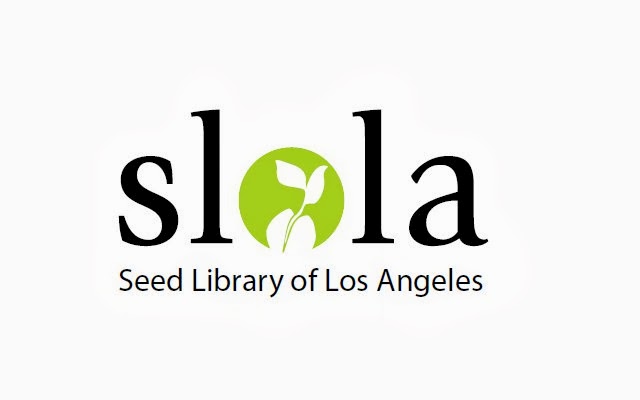 |
| Beans with a history |
One such family immigrating from Italy, those seeds were of beans. They brought the seeds for the family bean to America and like many Italians, settled in Chicago. The beans continued to be a part of the family's table fare and, their longevity as a part of the family, made them seem to be almost a member of the family - dinners in summer and early fall without this bean, were a part of the family's tradition.
The beans finally came to be under the stewardship of a man who moved his family to Los Angeles. They settled into a home near the Pacific Ocean and planted the beans. The crop failed - and no one was certain why. This was the story for year after year. Finally, one day, I was sitting in the dental chair in the office of this man with the Italian family bean. He was pretty excited to hear that I was growing out old heirloom seed varieties and I was very interested in growing out his family bean.
After a couple of false starts, I found about 100 bean seeds in my hand at the best time in Los Angeles to plant beans and they went into the ground. I planted only 50 seeds, observing the principle of seed savers to never exhaust all the seeds you have of any one variety. Of the 50 seeds, only one germinated. Victor gave me more seeds and I planted 50 more - with three germinating. I decided to hold off planting the rest - I could try them again next year if this crop failed entirely.
I have some fairly healthy plants and furthermore, even though they are still very young plants, they have dozens of very long beans on them. The seeds are not that large and the pods are prolific.
I have cautioned many students not to 'count their beans before they're soup' but I can't help myself from the joy I feel with the new crop of this bean. We will keep all the seeds we get this year, but next year, we'll return a large packet to the family and we'll start to offer limited amounts of beans of this heirloom to our members.
I hope we do this kind of project a lot in the coming years. Each saved variety hold genetic diversity that we have been losing for over 100 years. SLOLA and seed libraries all over the US are working to ensuring we have more diversity in our diets and the wealth of a vibrant food system; part of our mission and passion.
david

No comments:
Post a Comment